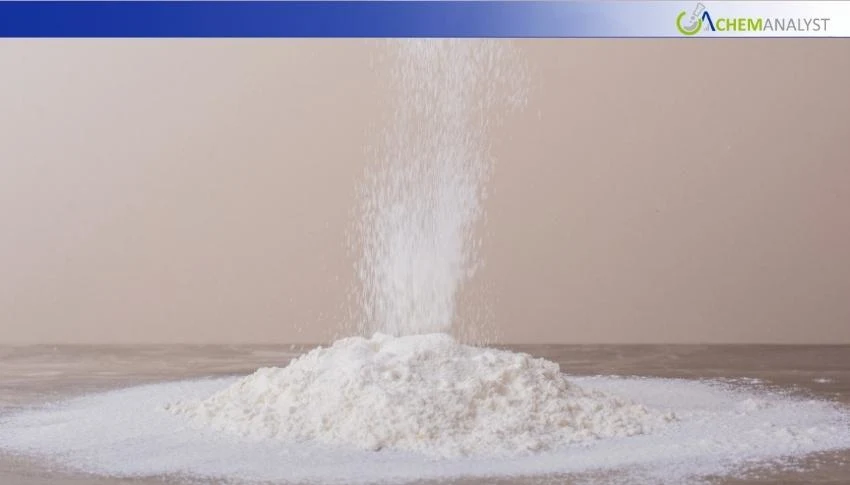Welcome To ChemAnalyst

In the first half of November 2025, Pentaerythritol (PENT) prices in North America stayed unchanged from late October as supply and demand remained balanced. Production rates were stable, supported by moderate supplies of feedstock formaldehyde. Supply to buyers was moderate, with U.S. exports showing cautious stability. Diversified trade routes, steady overseas demand, and investment in infrastructure and digital tools helped manage risks, keeping export performance steady. Demand also remained firm across paints, coatings, automotive, construction, and industrial sectors, with strong use in alkyd resins, lubricants, plasticizers, surfactants, and pharmaceuticals. Cosmetics and personal care added support through stabilizers and binding agents, driven by wellness and sustainability trends. Despite inflation and trade challenges, equilibrium was maintained. However, PENT prices are expected to decline toward the end of the year due to Asian destocking, holiday slowdowns, limited demand growth, and a decrease in feedstock formaldehyde costs, reducing overall PENT prices in the North American market.
In the first half of November xxxx, North American market players kept Pentaerythritol (PENT) prices at the same level as the last week of October. Prices stayed unchanged because the balance between demand and supply, which helped keep the market stable and supported a cautiously positive outlook.
The PENT production rates were stable during the early weeks of the month due to the moderate supplies of feedstock Formaldehyde in the country, amid an inconsistent availability of methanol supplies in the international market, which impacted the production rates of formaldehyde and PENT.
At the same time, supply rates were moderate to the buyers as the U.S. exports showed careful stability during this period. Different trade routes and steady demand from foreign markets helped manage risks. Ongoing investment in infrastructure and digital tools supported supply chain strength. As a result, the outlook for U.S. export...
We use cookies to deliver the best possible experience on our website. To learn more, visit our Privacy Policy. By continuing to use this site or by closing this box, you consent to our use of cookies. More info.
